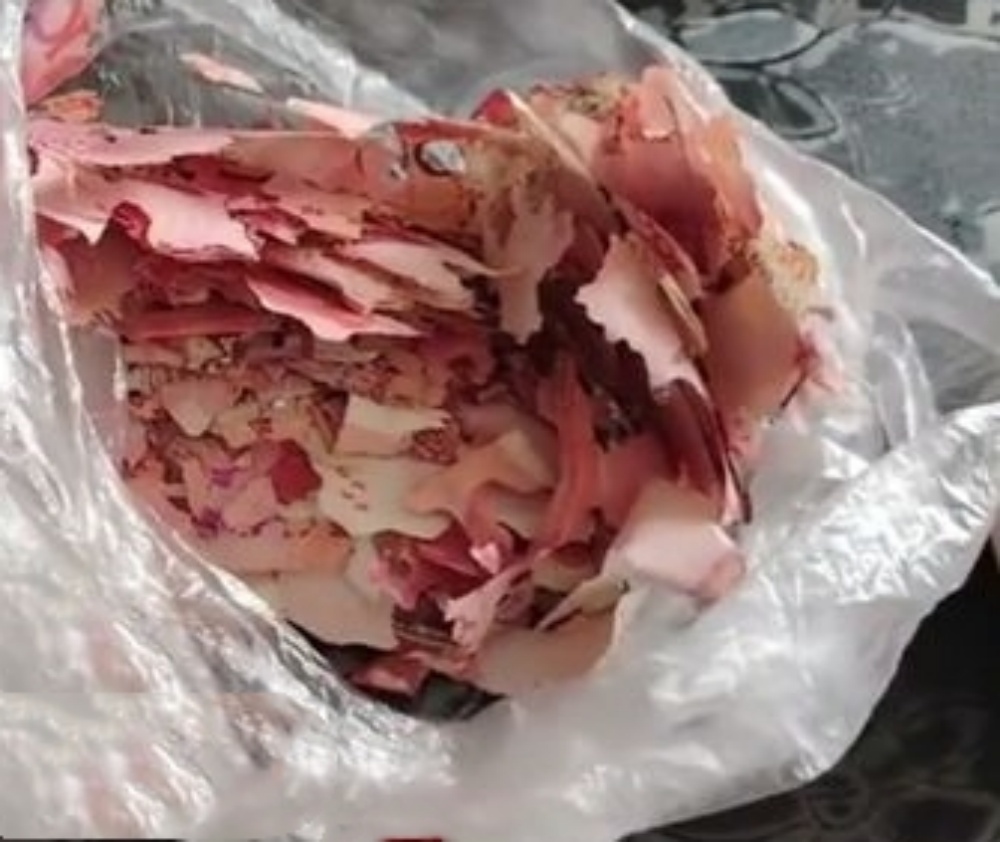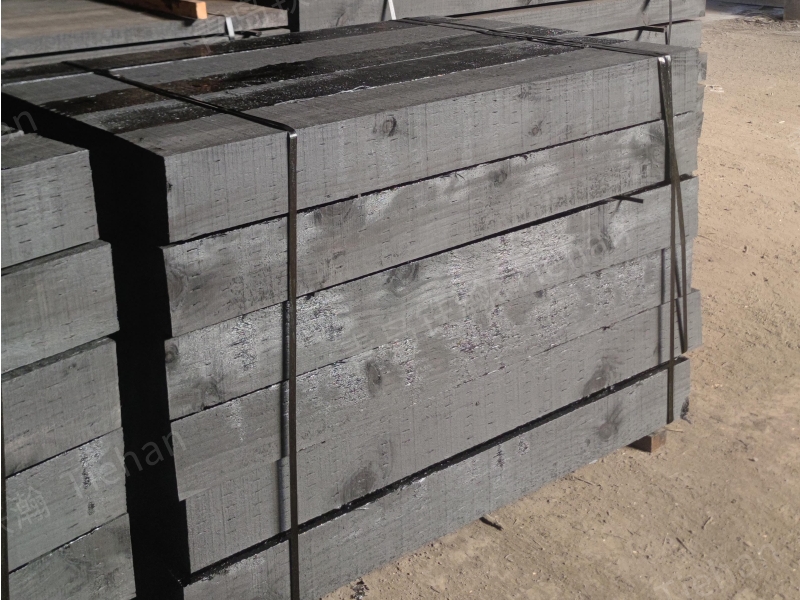Recently, a netizen posted a video stating that the elderly person in their family, who is over 70 years old, saved more than 20000 yuan by living frugally and buried it in a plastic bag. However, when they opened it to use money recently, they found that the paper money had been eaten by insects. This result is regrettable. We cannot simply blame the elderly for their ignorance, but should reflect on whether our care for them is sufficient. At the same time, we can also consider whether the sleepers on the railway that are in contact with the soil all year round, some of which are even half buried in the soil, will also be eaten by insects? Next, Qingdao Tiehan will briefly analyze it with everyone.

Let's start with the manufacturing process of anti-corrosion sleepers. The production of anti-corrosion sleepers requires a complex and professional process flow. Firstly, the logs are processed through steps such as peeling, sawing, drying, and scoring to produce plain sleepers. The next crucial step is immersion anti-corrosion treatment. The commonly used method is high-temperature and high-pressure impregnation, which immerses the wood in special anti-corrosion oil and forcibly pushes the anti-corrosion oil into the interior of the wood through the gaps under high pressure. This process ensures that the anti-corrosion oil can penetrate deeply into the wood fibers, forming a strong anti-corrosion layer.
After such anti-corrosion treatment, the anti-corrosion sleepers have strong resistance to wood decay and insect pests. Among them, during the drying process and high-temperature and high-pressure anti-corrosion treatment, the pests and other organisms inside the wood will be completely eliminated. Moreover, anti-corrosion oil has a certain degree of toxicity. After anti-corrosion treatment, a natural chemical defense line is formed on the outer layer of the sleepers, which ensures that even if buried in damp and dark soil, the surface and interior of the anti-corrosion sleepers will not be invaded by pests.

In contrast, ordinary wood without anti-corrosion treatment is not so lucky. Once buried in the soil, it will soon be devoured by various bark beetles and termites. These pests can quickly gnaw on wood fibers, thereby weakening the strength and load-bearing capacity of wood, posing a serious threat to the safety of railway lines.
Of course, the magic of anti-corrosion sleepers goes beyond that. Its applications can go far beyond railways and are widely used in many fields such as power lines, docks, bridges, etc. Whether exposed to sunlight or buried in damp and dark soil, these carefully crafted wood products can exhibit amazing resistance to corrosion and pests, becoming loyal guardians of various infrastructure.

When people pass by on high-speed trains, few people realize the anti-corrosion sleepers that silently bear the heavy responsibility under the railway lines. But it is precisely they that silently maintain the safe operation of railways and become an important support for the healthy operation of this transportation artery.
It can be said that the excellent performance of anti-corrosion sleepers lies not only in their advanced manufacturing technology, but also in their unique chemical properties. This gives it the ability to withstand insect infestation even in soil, enhancing the durability and stability of the railway system. Of course, no matter what material the sleepers are made of, they have a certain service life. After more than a decade or several decades, they will gradually lose their original performance. At that time, they can be maintained or replaced with new sleepers according to the situation.